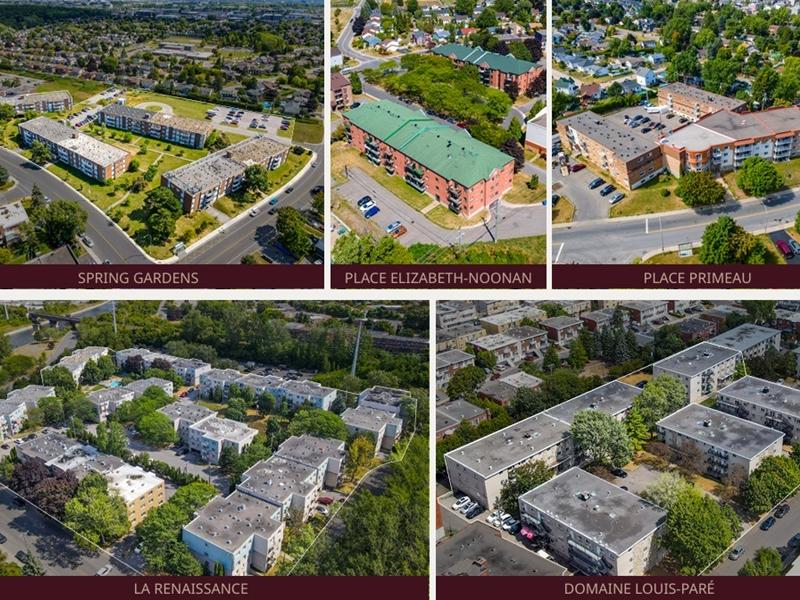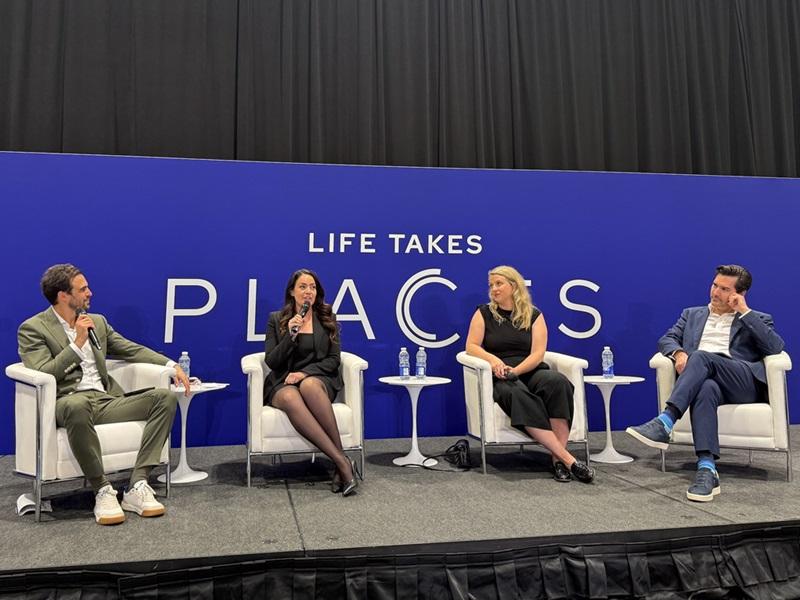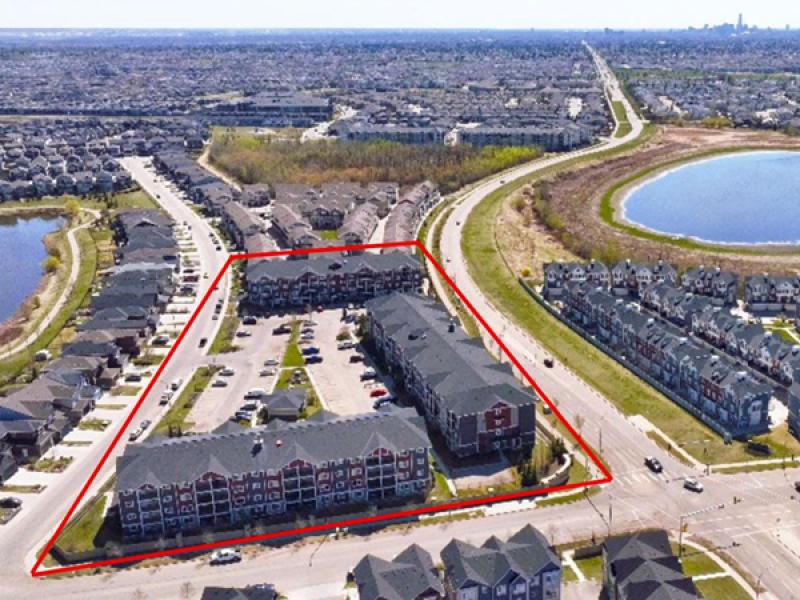Good design doesn’t just shape buildings - it shapes how people live.
Every hallway, every window, every square foot influences how residents experience their home and community. In rental housing - where people have fewer choices than owners - thoughtful design isn’t just nice to have, it’s essential.
When constructing a new rental building, one of the biggest considerations is how to design spaces that remain relevant and desirable for decades to come. At a high level, this means creating efficient, functional layouts that maximize space, optimize storage, and incorporate flexible, multi-purpose areas for both work and living.
This is the final segment in our simplyPreference Index Study series, where we will dig into building designs and features that residents truly want.
When we look at the data across a macro segment we start to see trends in usage and value patterns. When we refine the data to a building community level, we start to really deliver the form and function valued by those currently, and planning, to live in the suite.
Just like amenities, technology, and resident programming - design preferences shift as people move through different life stages. Age, citizenship status and work/life stage all impact the results.
The key is investing where it truly matters - to your community. The insights come from our nationwide study of 1,500 renters and homeowners across Canada, covering 238 features - from art in lobbies to zero-carbon buildings. We didn’t just ask what matters most - we asked what people are willing to pay.
The survey resulted in over 740,000 data points and delivers detailed insight into what Canadians value in residential communities.
Bathrooms are a big deal
Debate over the ideal bathroom mix has been ongoing for years.
Early discussions focused on the choice between a traditional bathtub and a shower. Today, developers and owners are weighing in on new considerations - like the value of powder rooms, two-bathroom suites, and beyond.
Would residents prefer two full bathrooms or one full-size bathroom plus one powder room? What is the premium a prospect would give for a second bathroom? Is a single bathroom suite with two bedrooms a deal breaker or is it something they would be willing to forgo for something else?
All to say, bathrooms have been and continue to be a big deal!
Given the strong interest in bathrooms, we’ve been diving deeper and asking plenty of questions about them. In this study, half indicated they would pay more for a second bathroom and 26 per cent would pay over $50 per month extra for this feature. Looking at second bathrooms by age, slightly more respondents under the age of 34 reported that a second bathroom was essential, with 35 per cent compared to 31 per cent for the Index.
Among respondents with dependents under 20, 34 per cent said having at least two bathrooms was essential, compared to 29 per cent of those without dependents. The bigger gap appeared with powder rooms - 32 per cent of respondents with children called them essential, versus just 21 per cent of those without.
Powder rooms are also in demand for the larger group of respondents - 25 per cent consider them essential, and 23 per cent would pay over $50 per month for one. Interest rises among younger renters, with 34 per cent of those under 34 calling a powder room essential.
Battling for No. 1 are ensuite bathrooms. A bathroom connected to the principal bedroom is preferred by 82 per cent and essential to one-third of respondents. Twenty-three per cent would pay more than $50 per month extra for this feature. Interestingly, only 30 per cent of respondents under 34 considered them essential - slightly below the overall average - while demand peaked among those over 55, at 34 per cent.
Ensuite bathrooms show a clear income divide: 30 per cent of those earning under $50,000 call them essential, rising to 40 per cent among those earning over $90,000. The pattern repeats for powder rooms (34 per cent vs. 30 per cent) and two-bathroom suites (25 per cent vs. 39 per cent), highlighting how income shapes what residents view as essential comforts.
Function and flexibility
Survey results show residents’ prefer layouts which have a balance between functionality and flexibility. A spacious bedroom that can accommodate a king-sized bed is considered essential by 31 per cent of respondents and 48 per cent would pay more money per month for larger bedrooms.
Similar to bathroom preferences, respondents earning over $90,000 annually were more likely to call a bedroom that fits a king-size bed essential, at 37 per cent.
A defined entrance area is preferred by 78 per cent and essential to 29 per cent. Kitchens are a consistent focal point, with 74 per cent preferring an island and 23 per cent calling it essential. The share of respondents calling it essential rose with income from 21 per cent among those earning under $90,000 to 29 per cent for those above that threshold.
Open-concept designs are a popular choice, preferred by 68 per cent of respondents and essential to 19 per cent. However, an equal share expressed a preference for a dedicated dining room - pointing to the need for different design options that can accommodate a variety of lifestyles.
Essential ratings for open plan declines as age increases. According to the survey, 24 per cent of respondents under age 34 said it was essential compared to 16 per cent of those over 55 years. Digging into the data to uncover who values what most - that’s what we do best!
Lobbying for lobbies
More attention is being paid to lobby design and features. Beyond being a simple entrance where residents get their mail, lobbies are being reconfigured to serve as communal areas where residents can relax, work or socialize.
Also important to note is lobbies are a first reflection point of a resident's home. If they are bringing friends or family over - a lobby is the first look at a resident's “home.”
Referring to our segment on the popularity of programming in residential communities, lobbies can become the place where building events take place. Three-quarters of respondents want a well-designed and welcoming lobby, with 22 per cent saying this is essential. That essential ranking decreases with age from 26 per cent for those under 34 to 20 per cent aged 55 and over.
Although ranking a little lower on the list, residents want lobby furniture that is more comfortable with 60 per cent having an overall preference for it. That said, only eight per cent of respondents over age 55 noted this was essential, compared to 22 per cent of respondents aged 34 and under.
Public art in lobbies is valued too: 58 per cent want this and 57 per cent would like lobbies to reflect regional design elements. The data shows a clear age trend, with residents over 55 placing less importance on these features than younger renters.
Accessible common area washrooms are preferred by 69 per cent with roughly a quarter saying they are essential. Providing charging stations for phones and other devices is preferred by 65 per cent - a relatively easy upgrade that adds extra convenience to these areas and enhances the resident experience.
Parking is primo
In this era of Uber-everything, covered drop-off parking is preferred by 70 per cent and essential to 21 per cent. While income does not show significant shifts in the data, age does with 24 per cent of those under age 34 saying it is essential to have their parking covered compared to 15 per cent for respondents above 55 years of age.
Parking remains a top design priority for residents. Indoor or garage parking ranks high, viewed as essential by 34 per cent of respondents and climbing to 41 per cent among those earning over $90,000.
Designated parking follows a similar pattern: 41 per cent overall see it as essential, rising from 38 per cent among lower-income renters to 45 per cent for higher earners. Age amplifies this trend even more - only 33 per cent of renters under 35 call it essential, compared to 53 per cent of those over 55 - highlighting how life stage and income both shape parking preferences.
To better understand the parking preferences specific to your rental community - either existing or proposed - it would be valuable to filter the data to look at your specific renter demographics.
Top features
Some of the highest-ranked building features in our survey speak volumes about what residents value most:
- Balconies or private outdoor space – essential to 44 per cent;
- non-smoking buildings – essential to 43 per cent; and
- non-vaping buildings – essential to 40 per cent.
These features all land in the Top-5 of 238 preferences, underscoring just how vital access to fresh air and a healthy living environment have become. Yet balconies, in particular, spark debate - while many see them as essential, there’s a growing segment willing to trade that space for other meaningful upgrades.
Conclusion
The journey to uncover what truly matters to renters continues through the Canadian Multi-Residential Satisfaction (CMRS) Survey.
In a challenging rental landscape, reliable, up-to-date data provides the clarity needed to make smarter decisions. Stay tuned, we’ll be sharing insights from the 2025 CMRS Survey in the months ahead.










